Innovation for electrical transmission grid discussed at workshop
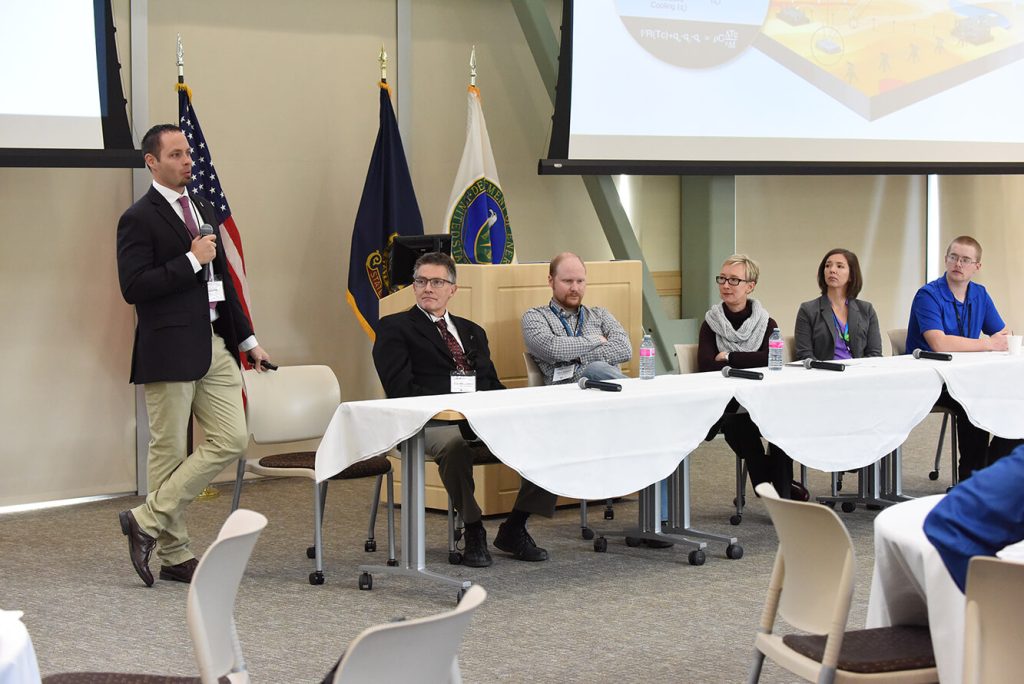
Close to 70 people from DOE and the electrical utility industry came to INL for a Dynamic Line Rating (DLR) workshop hosted Nov. 7-9.
Bioenergy crops on unprofitable fields could offer benefits for farmers, industry
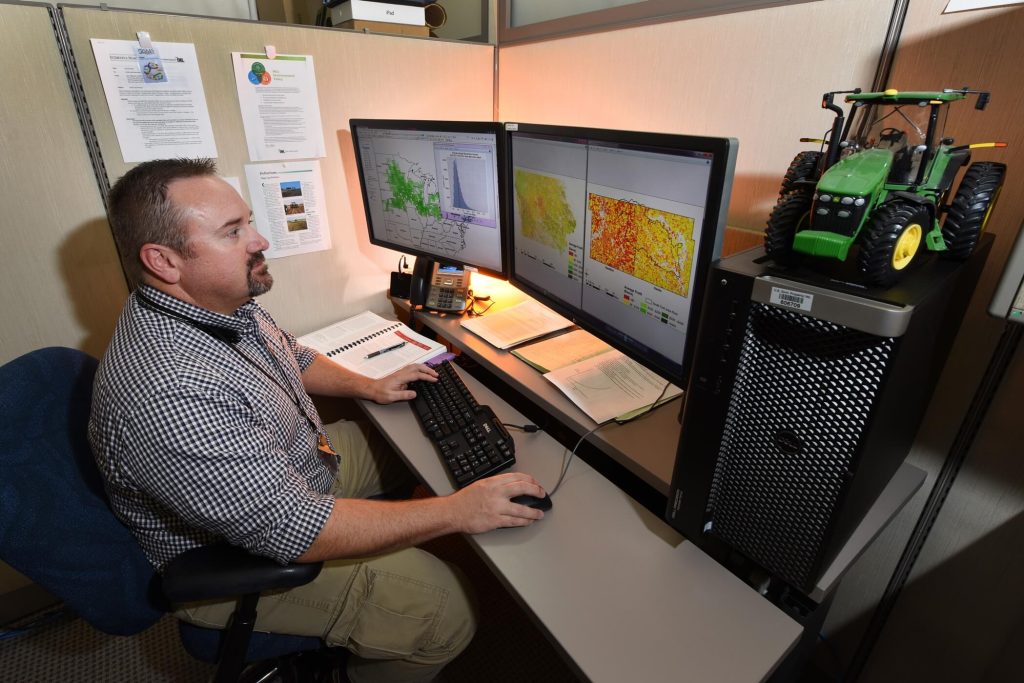
INL researchers say the bioenergy industry could offer a solution to unprofitable yields: instead of grain on those underperforming parts of fields.
Turning gross grease into biodiesel

INL researchers are testing the commercial possibilities for a technology that converts rancid grease into ASTM B-100 biodiesel fuel.
IDRs are key measure of innovation

A Invention Disclosure Record (IDR) measures an innovation’s ability to create jobs, improve national security, and improve or save lives.
Sustainable e-recycling process economically competitive with current practices
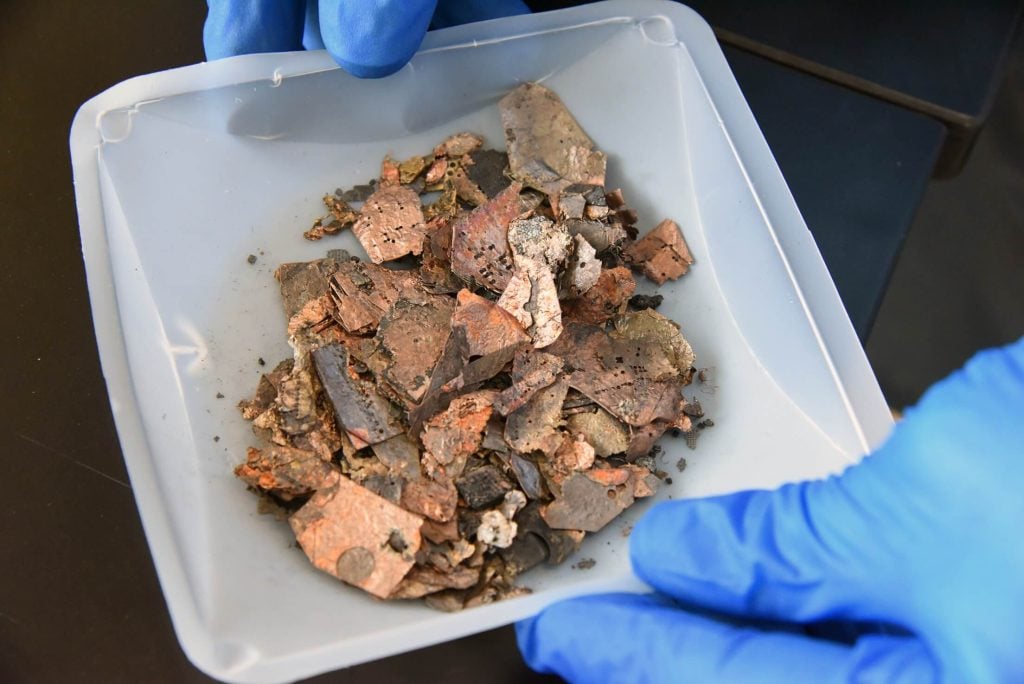
INL researchers have made a case that a process that offers an economically competitive alternative to traditional smelting processes.
Native Americans used lava tubes as refrigerators during lean times
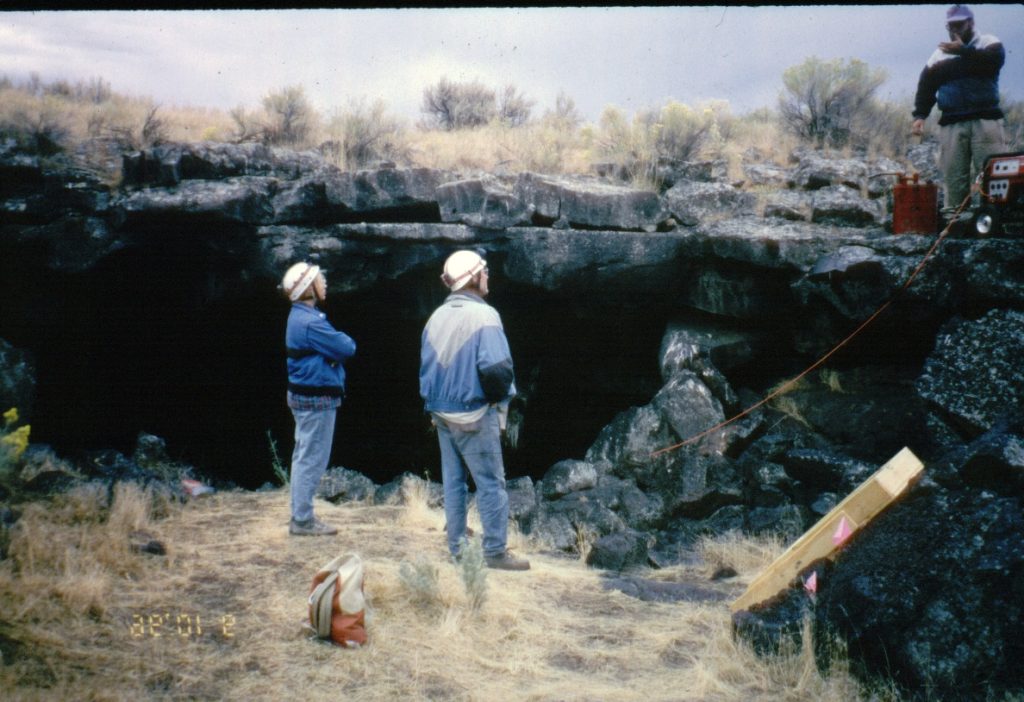
40 years ago, Tom Miller discovered a cave near the eastern Idaho Big Southern Butte hiding a mystery unlike any previously found on the Snake River Plain.
Idaho researchers slash cost of providing biomass for biofuels production
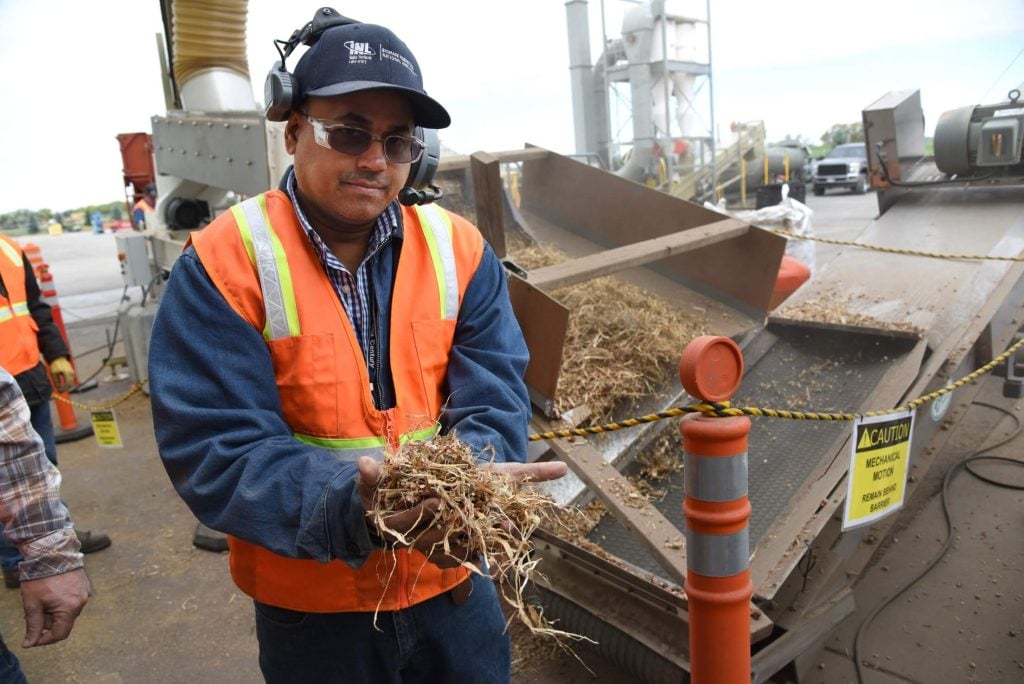
INL researchers helped meet biomass cost challenges by reducing the modeled cost of growing, harvesting, storing, transporting and preprocessing biomass.
The electrochemical process could eliminate the need for high-energy steam cracking
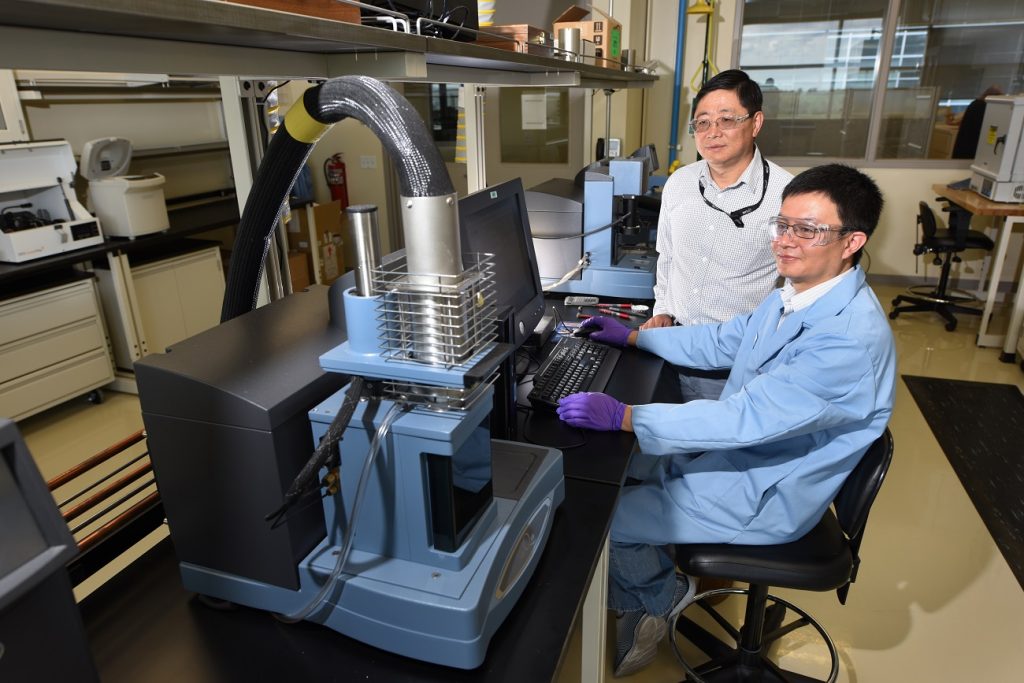
A team of Idaho National Laboratory researchers has now pioneered an electrochemical process that could eliminate the need for high-energy steam cracking.
Peculiar fluids offer clean alternative to traditional rare earth separation
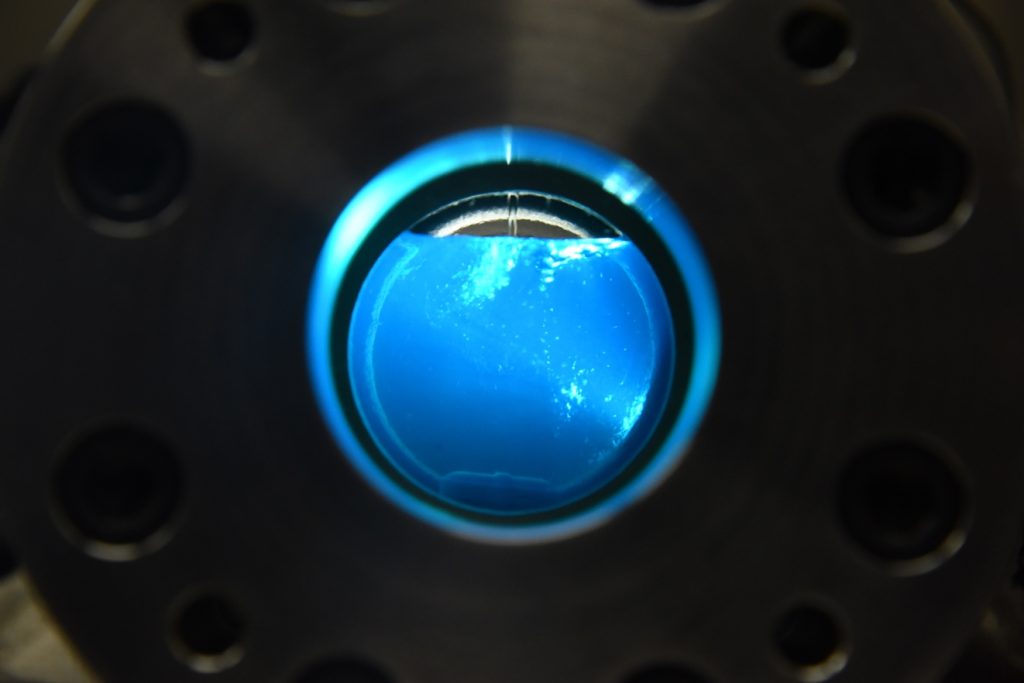
DOE recently awarded funding to INL researchers who are developing a more efficient process of creating rare earth element-based technology.
World’s fastest supercomputers to help model how liquids move through shale

An INL researcher is trying to discover what happens when pressurized CO2 interacts with oil or gas in shale using the nation’s fastest supercomputers.
